An ecommerce warehouse plays a crucial role in modern online retail operations by serving as a centralized facility for storing, organizing, and shipping products sold through digital platforms. Understanding what an ecommerce warehouse is, exploring the various types available, and identifying the benefits it provides can empower businesses to streamline their fulfillment process and meet customer expectations efficiently. Together with Key Logistics, let’s view everything in detail in this article below.
What is a ecommerce warehouse?
An e-commerce warehouse is a specialized storage facility designed to support the unique demands of online retail operations. It prioritizes the efficient storage, picking, packing, and shipping of individual customer orders. These warehouses are integral to the supply chain, ensuring that online retailers can meet the high expectations of today’s consumers for fast, accurate, and reliable delivery.
Types of ecommerce warehouses
At Home Warehouses
At-home warehouses refer to inventory storage solutions operated directly from a seller’s residence. These setups are particularly common among small-scale ecommerce businesses and startups with limited product lines or low order volumes. They offer a cost-effective way to manage inventory without incurring the overhead costs of leasing commercial space.

On-Demand Warehouses
On-demand warehouses are a flexible logistics solution that enables ecommerce businesses to scale their warehousing needs according to fluctuating demand. These warehouses operate under a shared-space model, where multiple sellers can store their inventory in the same facility and pay only for the space and services they use.
In logistics terms, on-demand warehouses offer advantages like dynamic space allocation, faster last-mile delivery, and seamless integration with e-commerce platforms. However, businesses must carefully vet on-demand providers to ensure they meet quality, security, and service level expectations.
Fulfillment Centers
Fulfillment centers are specialized third-party logistics facilities that handle end-to-end order fulfillment for e-commerce businesses. These centers receive, store, pick, pack, and ship products directly to customers on behalf of the seller. They are strategically located near major markets to optimize delivery times and reduce shipping costs, which is crucial for meeting customer expectations in the competitive e-commerce landscape.
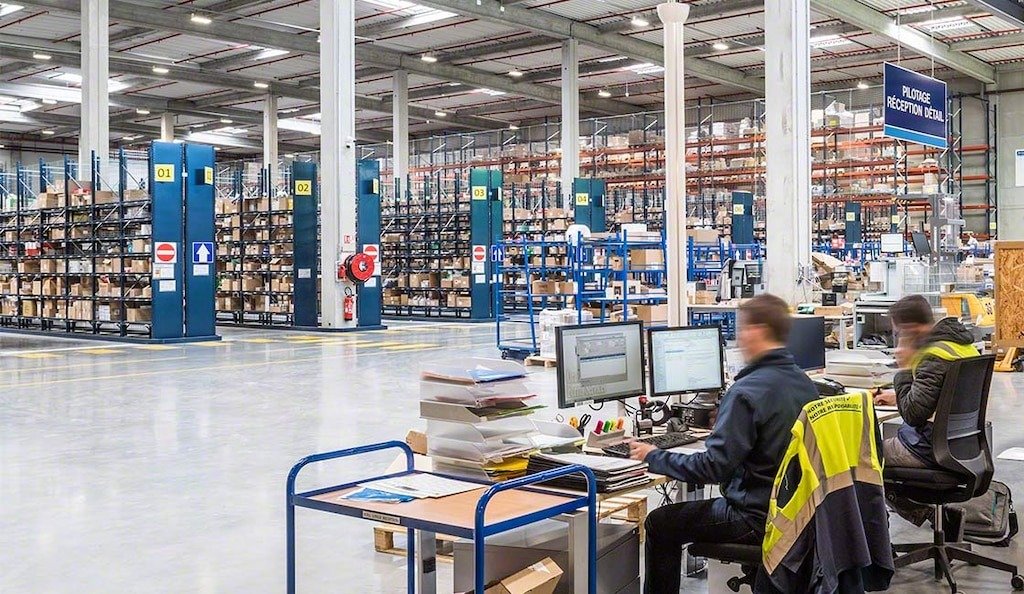
Top E-commerce Warehouse Roles
Below are the key roles that contribute to seamless supply chain management and customer satisfaction:
- Warehouse Manager: This position oversees the entire warehousing operation, ensuring efficient receiving, storage, and shipping of goods. Their responsibilities include workforce management, inventory control, and implementing continuous improvement practices to optimize productivity.
- Inventory Control Specialist: This role ensures data integrity within the warehouse management system (WMS) to prevent stockouts and overstocking, which is crucial for meeting fluctuating e-commerce demands.
- Order Picker/Packer: This role involves selecting products from inventory shelves based on customer orders, packing them securely, and preparing them for shipment.
- Shipping and Receiving Clerk: They work closely with carriers and logistics providers to ensure timely and accurate deliveries, which are essential for customer satisfaction.
- Returns Processor: They handle returned items by inspecting, restocking, or disposing of them under company policies. This role helps maintain inventory accuracy and reduces losses associated with returned goods, which is a growing challenge in e-commerce logistics.
How Does Warehousing Fit into Ecommerce Fulfillment
By integrating key processes within the warehouse, e-commerce businesses can optimize inventory, expedite order fulfillment, and improve customer satisfaction. Here’s how warehousing fits into e-commerce fulfillment, broken down into essential components:
- Inventory Management: Effective inventory management ensures that stock levels are accurately tracked and replenished to meet customer demand without overstocking or running out of items. It involves real-time monitoring, SKU classification, and cycle counting, all of which support faster and more reliable order fulfillment.
- Order Picking: Order picking is the process of selecting items from warehouse shelves to complete customer orders. This process directly impacts order accuracy and the speed of fulfillment. Implementing strategies such as batch picking or zone picking can significantly enhance warehouse efficiency and reduce lead times.
- Kitting & Assembly: Many ecommerce businesses offer product bundles or kits that require assembling multiple components before shipment. Kitting and assembly involve combining different SKUs into a single package, streamlining fulfillment for orders that include multiple items. This value-added service helps to differentiate the brand and enhance customer satisfaction.
- Shipping & Receiving: The shipping and receiving process forms the critical bridge between warehouse operations and the customer. Efficient inbound logistics ensure that inventory is correctly received, checked, and stored, while streamlined outbound logistics guarantee that orders are packed, labeled, and dispatched on time. Advanced tracking systems further enhance transparency and reliability for both the business and the end customer.
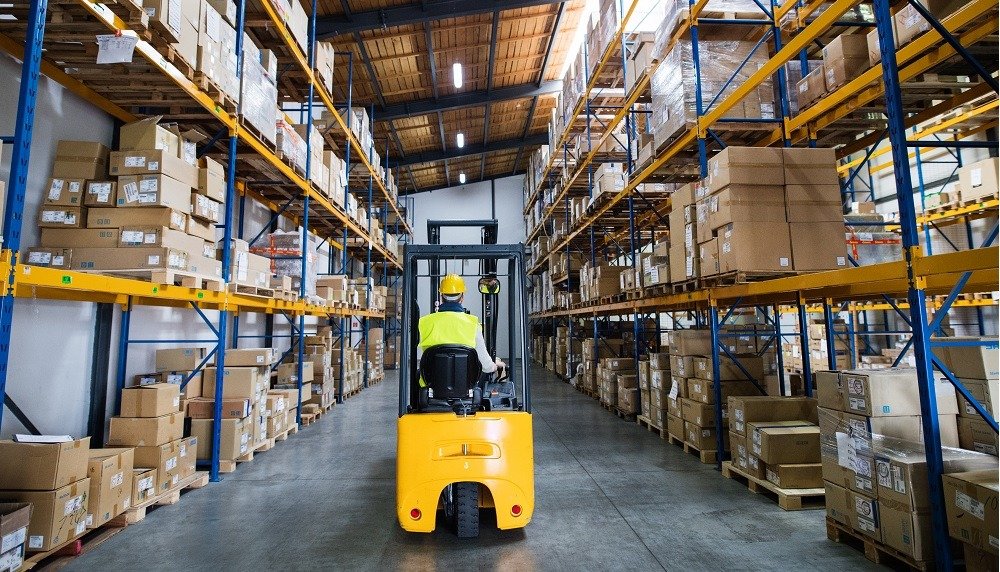
9 Essential Steps to Setting Up Your E-Commerce Warehouse
Setting up an efficient and scalable e-commerce warehouse requires careful planning and a strategic approach. This process ensures that the logistics operation runs smoothly and meets the demands of a growing online market. Here are nine essential steps to guide warehouse managers and logistics teams through the setup process:
- Step 1 – Assess the required warehouse space: Before signing a lease or purchasing a facility, logistics professionals must accurately calculate the space needed to store inventory, accommodate equipment, and ensure smooth material flow. This step involves forecasting inventory levels, accounting for seasonal fluctuations, and considering future growth to avoid space constraints later.
- Step 2 – Identify and Source Critical Equipment: Equipping the warehouse with the right tools, such as pallet racking, conveyors, forklifts, and picking carts,… to ensure operational efficiency and worker safety. Assess the type and volume of products being handled to determine whether specialized equipment, like temperature-controlled storage, is necessary.
- Step 3 – Automate Repetitive Processes Where Possible: Automation can significantly improve accuracy and reduce labor costs. Consider implementing solutions like automated guided vehicles (AGVs), pick-to-light systems, or conveyor belts to handle repetitive tasks. Automation not only boosts productivity but also minimizes errors in order fulfillment.
- Step 4 – Streamline Pick Paths for Efficiency: Designing optimized pick paths reduces travel time and increases picking speed. You should arrange products based on demand frequency: placing fast-moving items closer to the packing area, while ensuring logical zoning for different product types. This approach helps minimize congestion and enhances overall throughput.
- Step 5 – Establish Clear Warehouse Guidelines: You should also develop comprehensive guidelines covering safety procedures, inventory management protocols, and staff responsibilities. Clear standard operating procedures (SOPs) ensure consistency, reduce errors, and foster a culture of accountability among warehouse staff.
- Step 6 – Select a Suitable Warehouse Management System (WMS): Invest in a robust WMS to track inventory levels, manage picking and packing, and oversee inbound and outbound shipments. A good WMS enables real-time visibility, supports order accuracy, and integrates seamlessly with e-commerce platforms.
- Step 7 – Integrate All Systems Seamlessly: Ensure that the WMS, enterprise resource planning (ERP) system, and e-commerce platform are fully integrated. Seamless integration allows for real-time data sharing, reduces manual entry errors, and provides a single source of truth for inventory and order status.
- Step 8 – Define Key Performance Indicators (KPIs) and Establish Data Collection Processes: Establish KPIs, such as order accuracy, pick rate, cycle time, and inventory turnover, to measure warehouse performance. After that, you should regularly review these metrics to fine-tune operations and maintain high service levels.
- Step 9: – Embrace Continuous Improvement: You need to learn and improve by analyzing mistakes and identifying their root causes. Let’s implement corrective actions and utilize lessons learned to refine our processes, ensuring the warehouse adapts to evolving business needs and customer expectations.

Ecommerce Warehouse FAQ
What is an ecommerce warehouse?
An ecommerce warehouse is a dedicated storage facility designed to support the fulfillment needs of online retailers. Unlike traditional distribution centers, these warehouses are optimized for rapid order processing, efficient picking and packing, and seamless integration with digital inventory systems.
How to set up an ecommerce warehouse?
Setting up an e-commerce warehouse requires a systematic approach to align with your business’s logistics requirements. Here’s a short step-by-step guide, or you can read more in this content above:
- Assess inventory needs to determine the appropriate warehouse size, storage configurations, and racking systems required to optimize space utilization and order fulfillment efficiency.
- Select a suitable location to ensure cost-effective and timely deliveries.
- Design the layout that maximizes operational flow.
- Implement a Warehouse Management System (WMS) to enhance accuracy, reduce errors, and support data-driven decision-making.
- Establish picking and packing processes based on your order profiles.
- Ensure compliance and safety, including OSHA standards, fire codes, and local regulations, then train staff on proper handling of goods, equipment operation, and emergency procedures.
- Anticipate future growth by designing flexible storage systems and operational workflows that can adapt to increased order volumes or product lines.
What is an e-commerce facility?
An e-commerce facility is a comprehensive logistics center that encompasses all the operations necessary to manage online order fulfillment. This facility typically includes inventory storage, order processing, picking and packing stations, and shipping areas. It may also house returns processing and customer service functions.
What is a ECOM warehouse worker?
An ECOM warehouse worker is a logistics professional responsible for the day-to-day operations within an ecommerce warehouse. Their duties include receiving inbound shipments, accurately picking and packing customer orders, managing inventory, and ensuring that all goods are dispatched on time.
By aligning warehouse operations with business goals and customer expectations, companies can achieve greater efficiency and cost-effectiveness. A thoughtfully designed e-commerce warehouse strategy ensures smooth fulfillment, faster deliveries, and a superior customer experience, thereby driving success in the competitive world of online commerce.




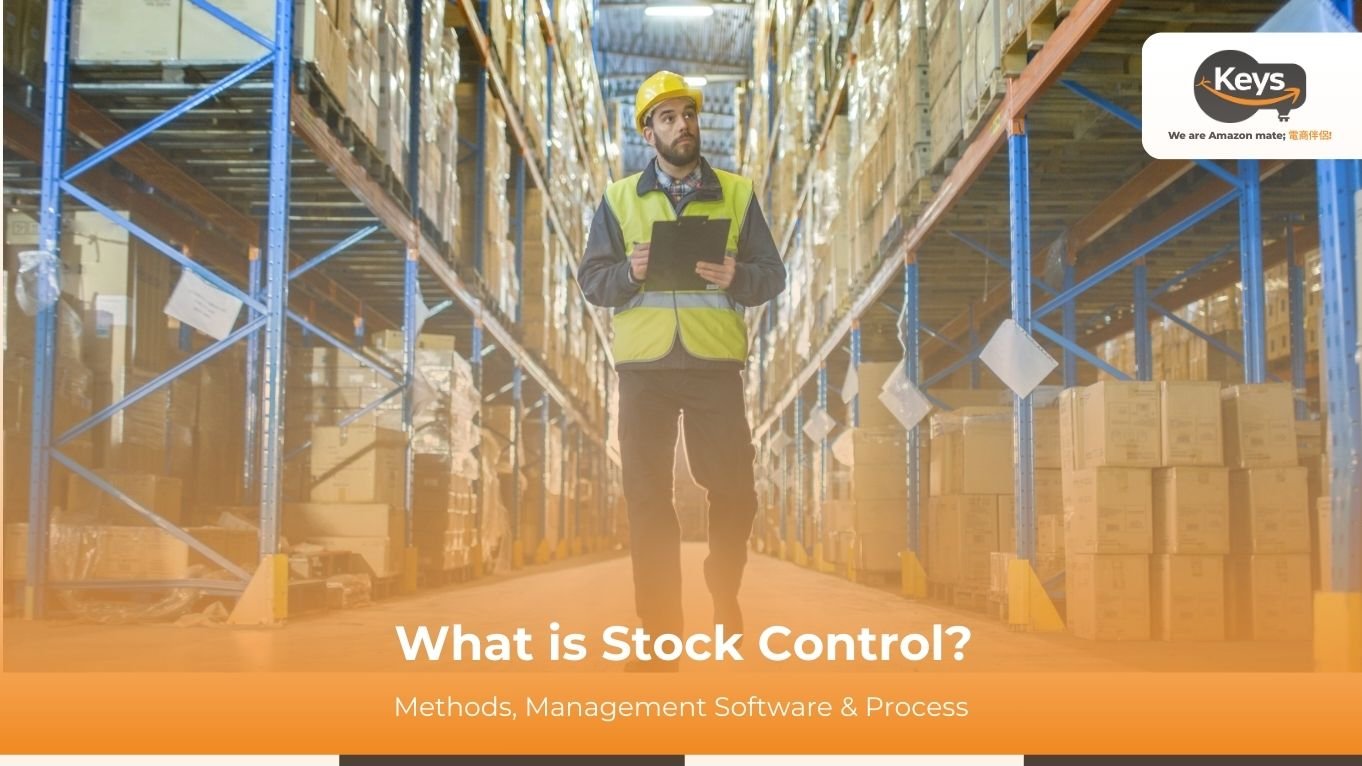



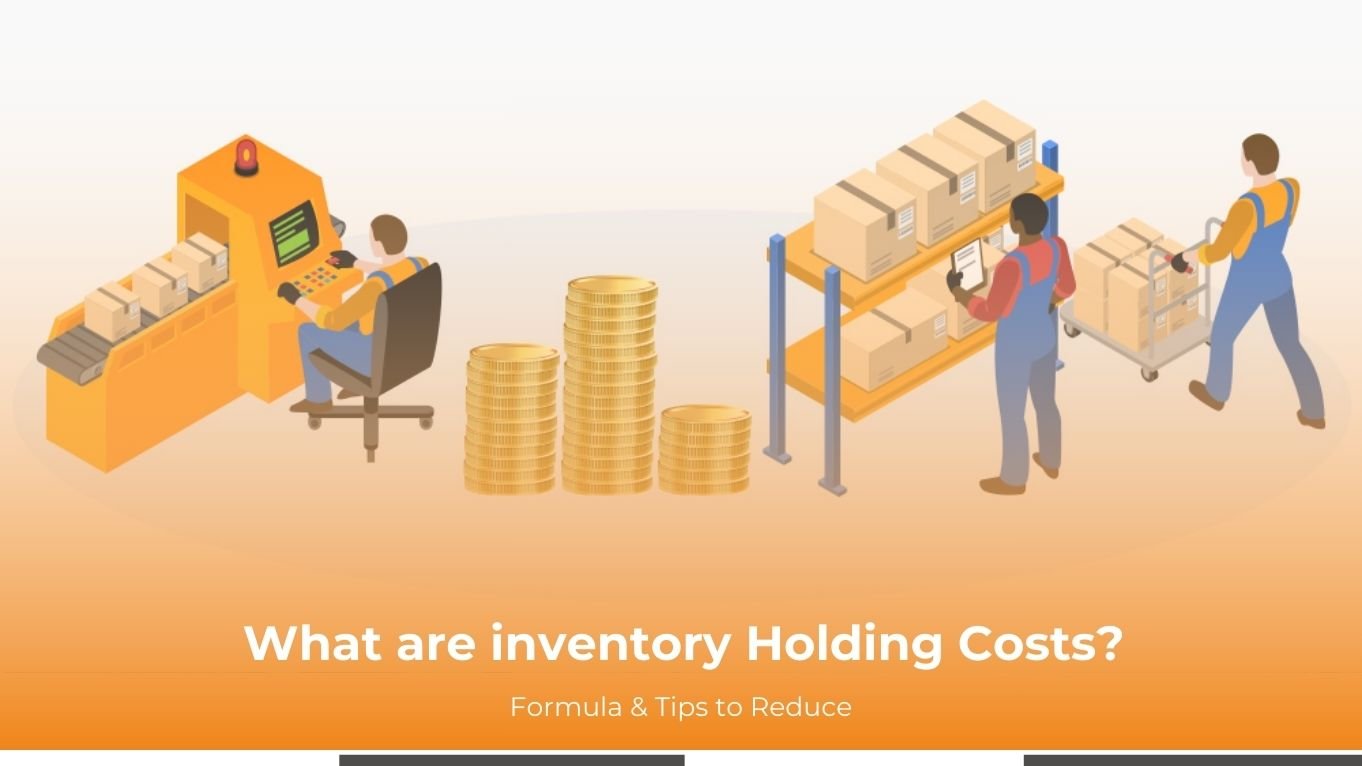
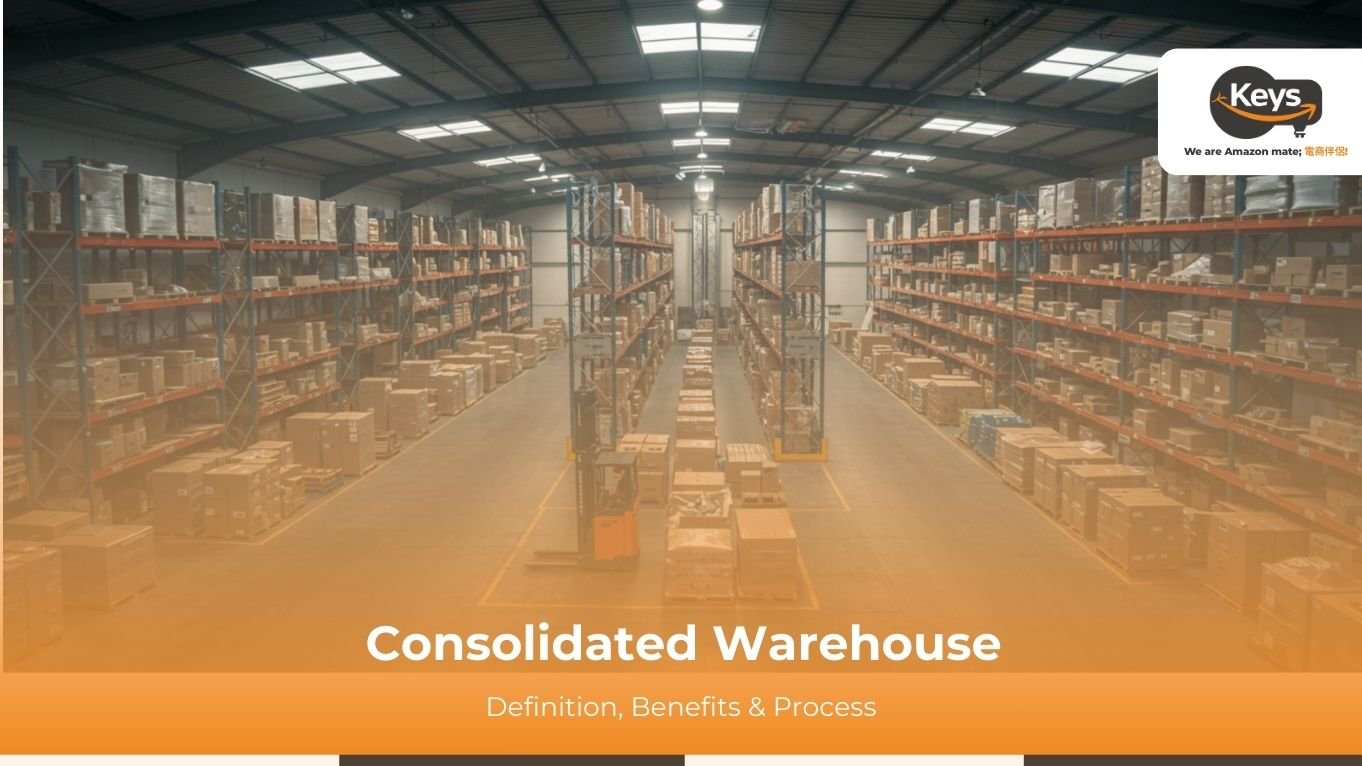
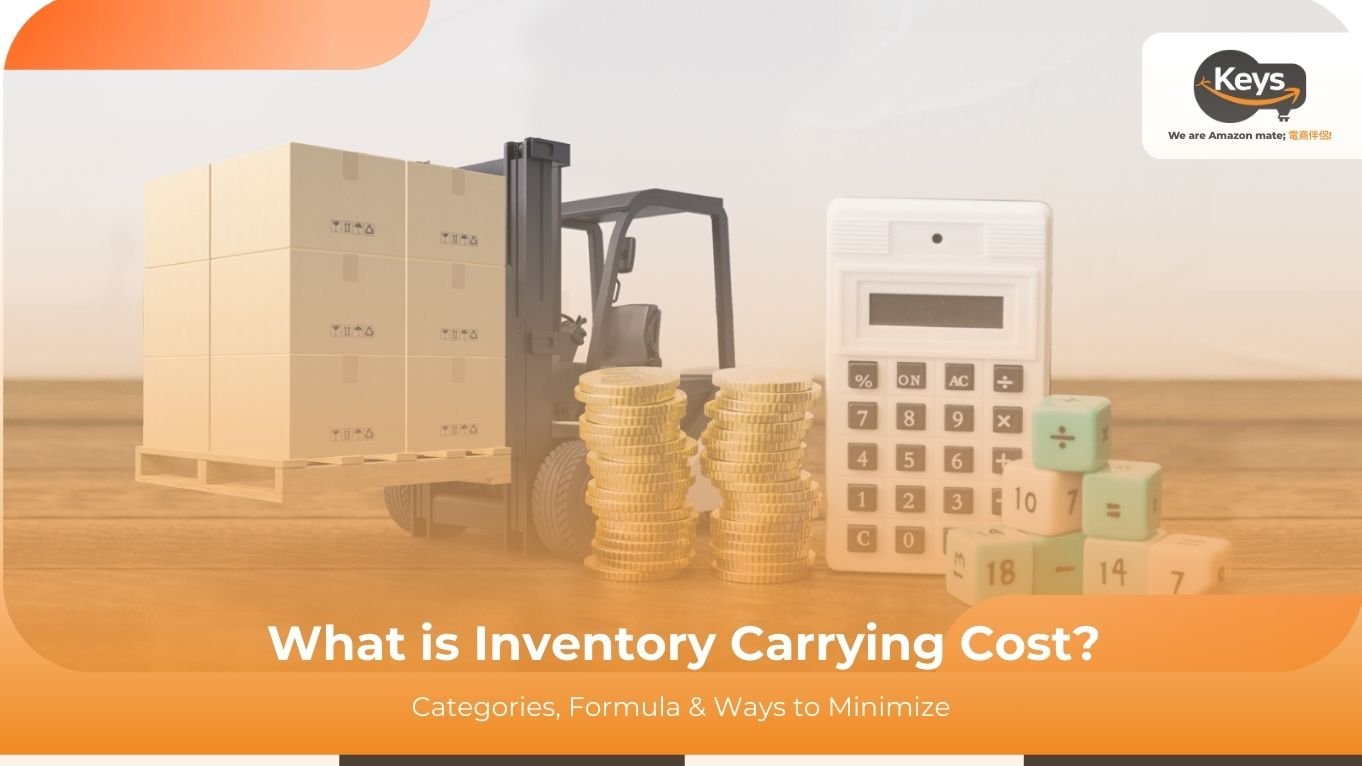

 Tiếng Việt
Tiếng Việt 中文 (中国)
中文 (中国)

